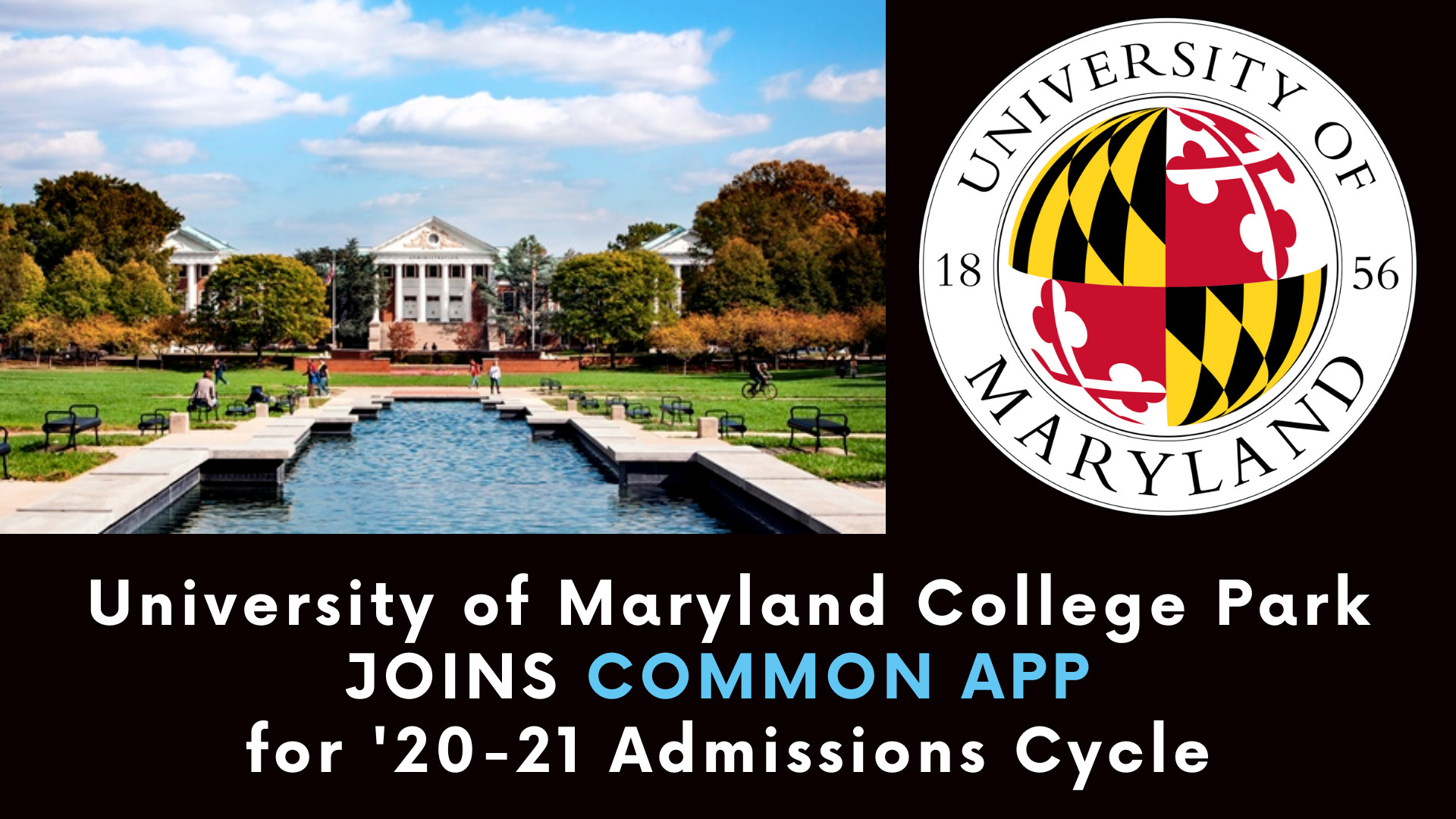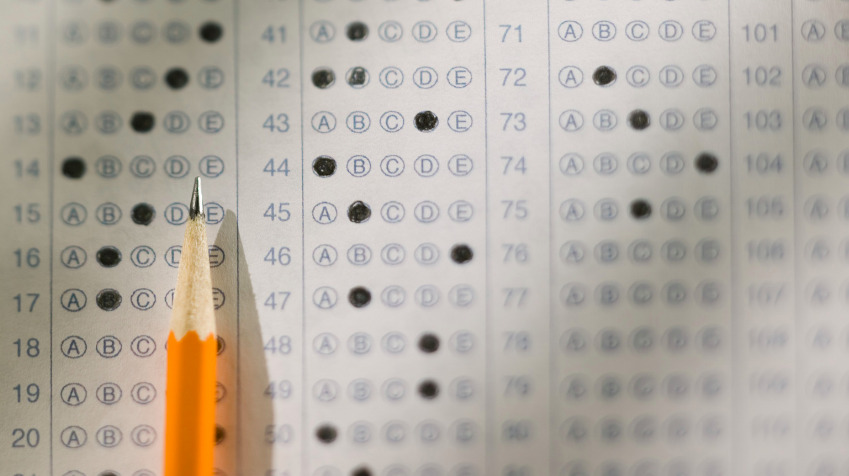It’s bad enough that most public high school counselors are overworked by insanely high student caseloads and underpaid by salary scales that don’t reward those counselors of exceptional quality. What’s even worse is that these high school counselors – the individuals who students most often turn to for college admissions guidance – are rarely required by the public school systems that employ them to have much (if any) expertise in college admissions counseling.
Instead, the major prerequisite to be a high school counselor in most public school systems in the United States is simply having an MA or MS in School Counseling. Most MA and MS programs in school counseling require at most one course (during a two-year program) in career counseling and these programs rarely include any course wholly devoted to college admissions counseling. So, it’s no wonder that many public school-based counselors are not giving students the best college admissions advice.
For a culture that so encourages students to go to four-year colleges isn’t it odd that the institutions (high schools) leading up to college haven’t prioritized giving students the best advice possible about how to navigate the process of transitioning from high school to college?



 Better late than never.
Better late than never. 






